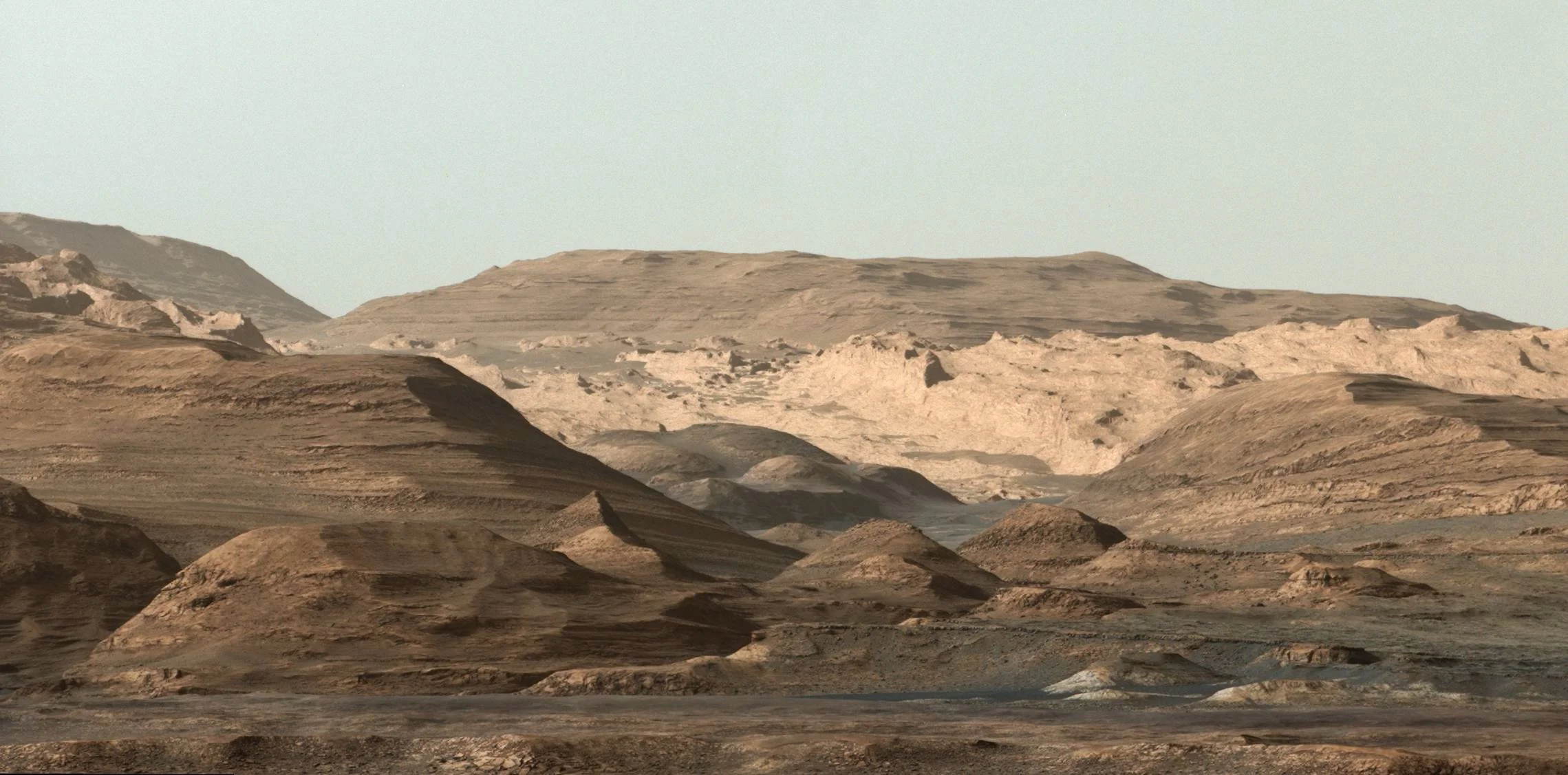By Jason Matthews
With NASA, private companies like Space-X, and other space programs making strides in recent years, it seems it is only a matter of time before humans finally set foot on Mars. I am personally looking forward to finding out what discoveries they will make when they arrive. One thing that is of particular interest to me would be the answer to the question, "do lifeforms exist on the red planet?"
According to a new study published in the journal Astrobiology, we might not have to wait for the first human explorers to arrive to find out the answer.
Image Credit: Supamotion via Shutterstock / HDR tune by Universal-Sci
Looking in the right places
Scientists have long accepted that we are not going to find life on the surface of Mars. The conditions are too inhospitable, and any water on the surface is either frozen solid or vaporized by the low pressure and eventually lost to space. So, focus has turned to possible life-supporting environments below the surface.
Life [as we know it] must have liquid water to exist. So, if we are going to find an existing ecosystem on Mars, we need to look at where we expect to find liquid water. I explained how and why scientists believe liquid water may exist deep in Mars's crust in a previous article. Still, water is not the only thing life needs to survive. It also needs energy and fuel.
Gathering evidence
Thanks to the Mars rovers, Curiosity and Perseverance, we at least know that the elements needed for life exist on the planet's surface. Curiosity made discoveries teasing us with evidence of some yet undiscovered biological process occurring on Mars. Perseverance is even better equipped than Curiosity and promises to provide more proof. If any evidence of life on mars is uncovered, it is likely to be of a historical nature.
Researchers at Brown University, in collaboration with NASA's Jet Propulsion Laboratory [JPL], have been gathering evidence that supports the theory that organic compounds [the building blocks of life] exist deep in the crust and not just near the surface. They studied Martian meteorites that were ejected from Mars up to 3.6-billion years ago by asteroid impacts and eventually landed on Earth.
Perseverance, NASA’s most recent rover, accompanied by the Ingenuity helicopter - Image Credit: Evgeniyqw via Shutterstock / HDR tune by Universal-Sci
Life without sunlight
On Earth, the life we see every day is dependent on the energy we receive from the sun. Nevertheless, not all life on Earth requires input from the sun. It is widely believed that life originated deep in the ocean around hydrothermal vents where no sunlight could reach. We have also discovered vast underground ecosystems that have remained isolated for millions of years and have never been touched by sunlight. One example is Canada's Kidd Creek Mine, where sulfate-reducing bacteria have been found over a mile underground. Such ecosystems are subject to intense study, but that is a topic for another day.
These isolated organisms survive using radiolysis. Radiolysis is where the radioactive decay of elements reacts with water trapped within porous rock, creating new compounds. When the rock contains suitable materials, this reaction can provide the necessary organic compounds and energy needed for microbial life to develop.
The stage for Martian life is set
After confirming the meteorite samples had come from deep in the Martian crust, the researchers analyzed their composition and looked at the porousness of the rock. They concluded that the deep Martian crust contains all the elements required for radiolysis to occur and that the rock would be porous enough to absorb liquid water. The compounds produced would indeed provide suitable fuel, energy, and oxygen for life to exist under these conditions.
Jesse Tarnas is a postdoctoral researcher at NASA's Jet Propulsion Laboratory and the lead of the study. He explains the study's significance, "The big implication here for subsurface exploration science is that wherever you have groundwater on Mars, there's a good chance that you have enough chemical energy to support subsurface microbial life. We don't know whether life ever got started beneath the surface of Mars, but if it did, we think there would be ample energy there to sustain it right up to today."
Although Perseverance's drilling equipment cannot reach the depths required, recent advances in compact and lightweight drilling technology mean future Mars landers may be able to "make first contact" before humans touch down on the red planet.
Further reading:
If you enjoy our selection of content, consider subscribing to our newsletter
FEATURED ARTICLES:












